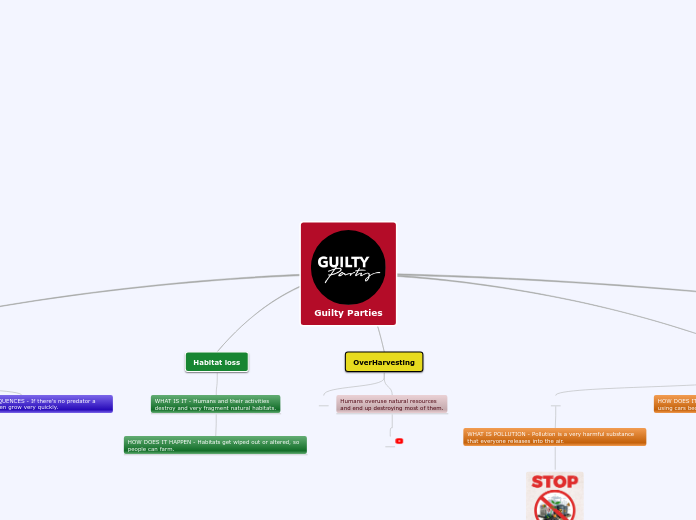Breast diseases
Epidemiology of benign and malignant breast diseases
Malignant
In men, 1% are present and in 15% to 20% there is a family history that allows a diagnosis of hereditary cancer to be made
According to the Colombian Ministry of Health, 460,000 women are diagnosed with breast cancer in the Americas and around 100,000 die
it is more frequent in the ages between 45 and 65 years of age
Benign
More than 50% of women over 20 years of age develop some breast pathology.
less frequent injuries: - juvenile papillomatosis - nipple adenoma - hamartoma
more frequent injuries
- simple cyst
- fibroadenoma
- fat necrosis
They represent 20% of the diseases of the breast glands and develop from the stroma
are common in women between 20 and 40 years of age
Benign and malignant pathologies of the breast
Malignant Pathologies
Primary breast cancer: This type of breast cancer has not spread beyond the breast or the lymph nodes under the arm. It can be invasive or non-invasive. Most breast cancers are invasive and have a high probability of spreading throughout the body.
Paget's disease of the breast: was first described by Paget in 1874. Its main form of presentation is in the form of an eczematous lesion on the nipple, with peeling of the skin, which may be accompanied by pruritus (itching) and irritation of this area. of the breast. It is almost always associated with the presence of ductal carcinoma in situ, although it can also be associated with invasive carcinoma. It is a rare form of breast cancer, being more frequent in women over 50 years of age. It can also appear in men.
Carcinoma lobulillar “in situ” (CLIS): It is due to abnormal cell growth in one or more areas of the lobule. Its presence indicates that there is an increased risk of that person developing invasive breast cancer later, which may or may not develop from the original sites of the lobular carcinoma in situ.
Infiltrating ductal carcinoma (IDC) of any particular type: it is the most common form of breast cancer. The term of no particular type is used as there are no features that can be seen under a microscope or that stand out.
Benign Pathologies
Adenomas: well-defined, mobile lumps without cutaneous alterations; show changes with milk secretion.
Ectacia ductal: Periductal mastitis presents with spontaneous dark green nipple discharge; palpable nodularity below the areola.
Fibroadenoma:Frequent benign neoplasm, being the main cause of breast nodule in women between 15 and 30 years.
Galactocele: it is a milk retention produced by the obstruction of a milk-protein in the course of breastfeeding. The puncture and extraction of milk fluid clarifies the diagnosis, not requiring any intervention.
Puerperal mastitis: It is the infection of the mammary gland during breastfeeding. Risk factors for presenting it are unilateral breast engorgement, insufficient milk drainage, and nipple cracks. The germ that most frequently causes this entity is Staphylococcus aureus. It usually appears as localized pain, redness of the skin, and fever. Its incorrect treatment can lead to a breast abscess, which is why a breast ultrasound may be requested.
Cyclic mastopathy: It is related to menstrual cycles and can be considered physiological. It is very common and the symptoms that appear can be justified by the alterations that the gland undergoes during hormonal cycles. It is a bilateral pain (although it can be of different intensity in each breast), diffuse and predominantly in the upper external quadrants (it is the area with the most glandular density). The pain starts from ovulation and subsides at the start of menstruation.
Adenoma of the nipple: Nipple adenoma represents a rare benign proliferation of the mammary ducts. Clinically it can be confused with Paget's disease and histopathologically with carsinoma or precursor lesions.
Subtopic
Tumor phylloides: Phyllodes tumors are rare breast tumors that originate in the connective tissue (stroma).
Phyllodes tumors are more common in women 41 to 49 years of age, although they can occur in women of any age.
Mastitis: Mastitis is an inflammation in the breast tissue that sometimes involves an infection. The inflammation causes pain, swelling, warmth, and redness in the breasts. You may also have a fever and chills. Mastitis commonly affects women who are breastfeeding (breastfeeding-associated mastitis).
breast calcifications: Breast calcifications are calcium deposits within the breast tissue. On a mammogram, they appear as white spots or particles. Breast calcifications are common on mammograms, and are especially common after age 50.
Lipoma: A lipoma is a fatty tumor located just under the skin. It is not cancer and is usually harmless. A lipoma is a slowly growing lump of fat that most of the time lies between the skin and the hidden muscle layer.
breast cyst: Qysts are round or oval sacs that are filled with fluid inside the breasts. They often feel like a round, mobile lump or lump, which may also be painful to the touch. They are more common in women between 40 and 49 years of age, although they can occur in women of any age.









